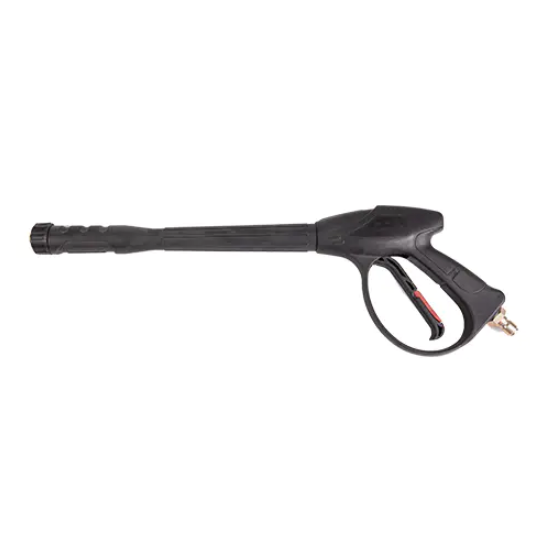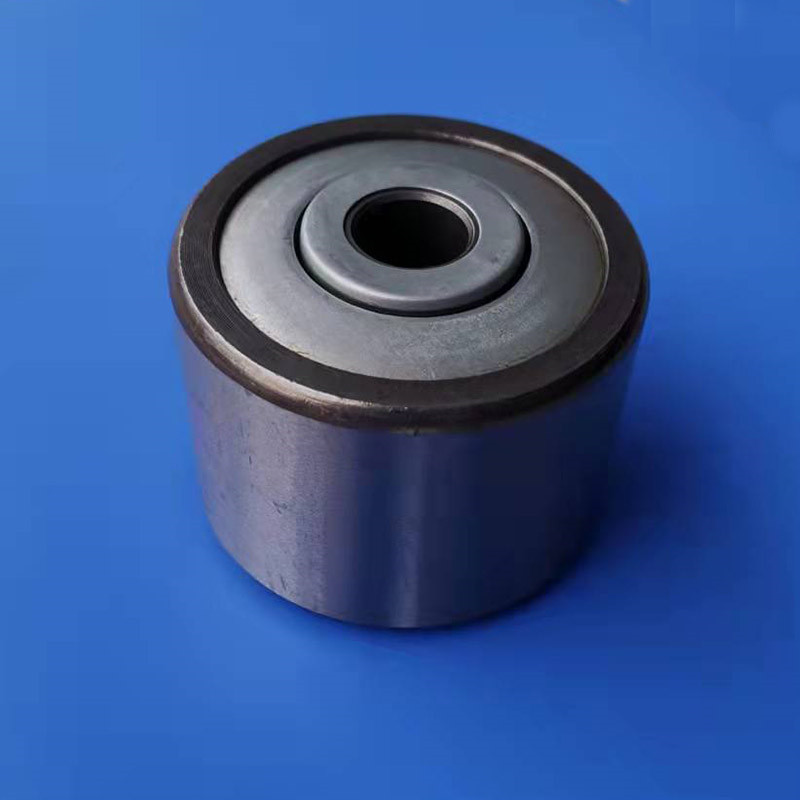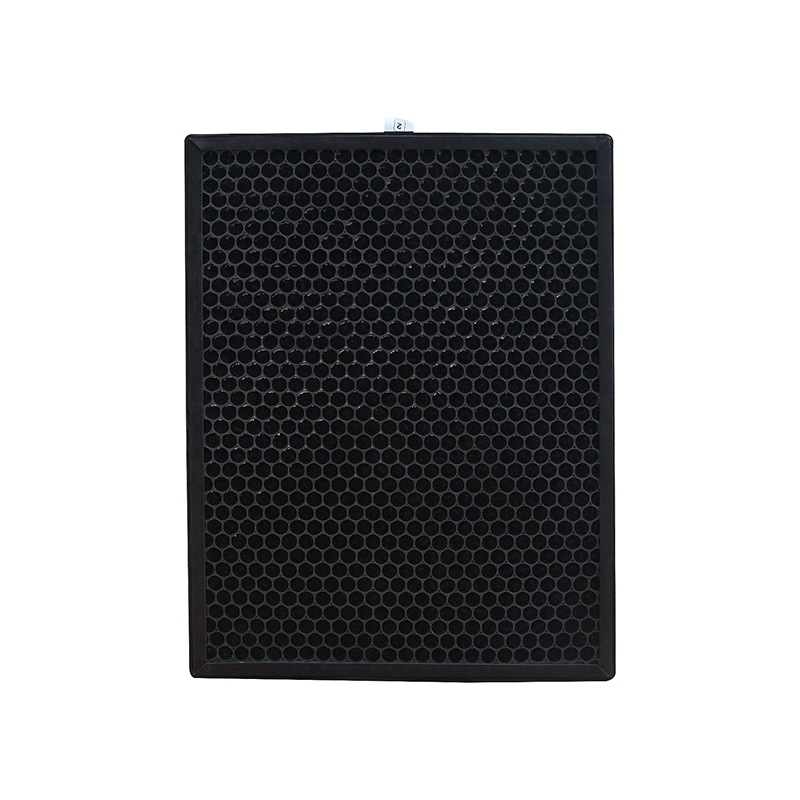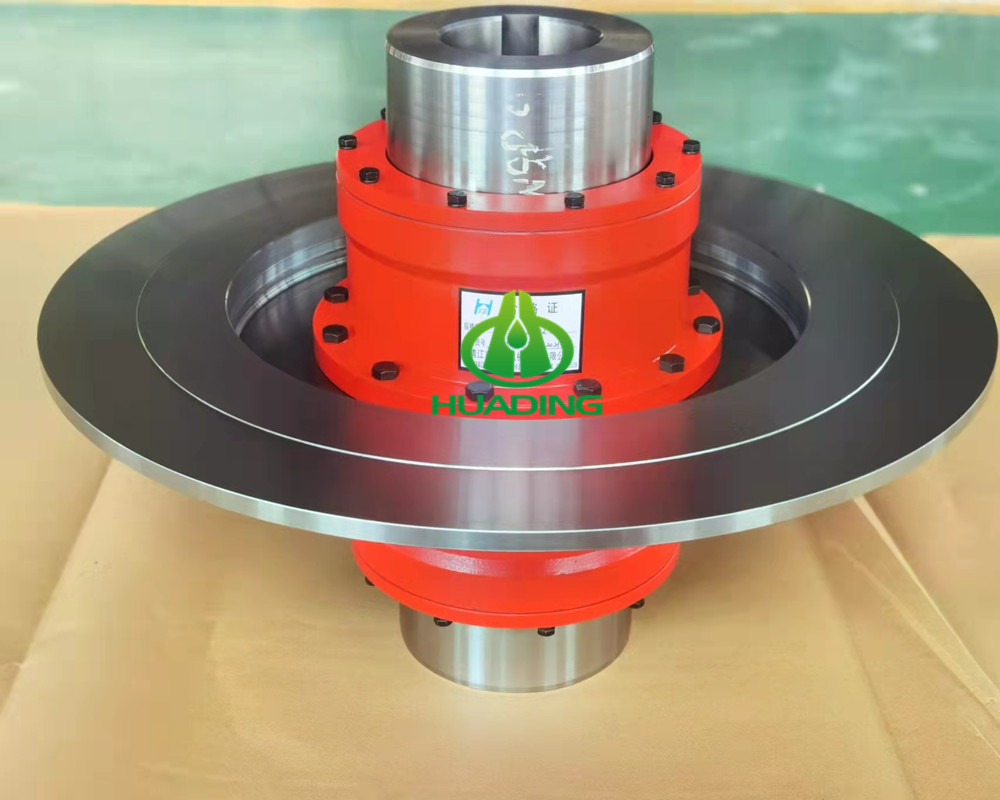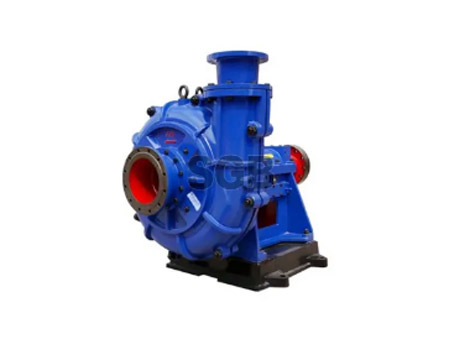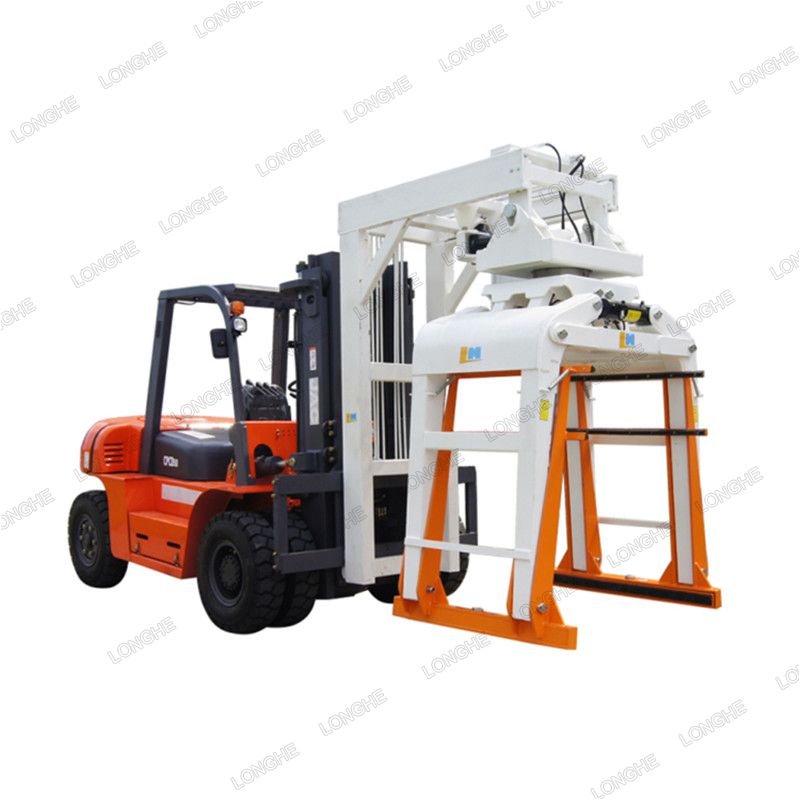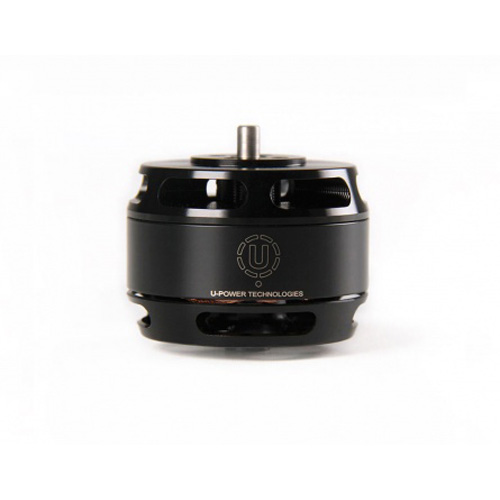What is the proper method for crossing the tracks?
Railroad Crossing Safety
According to the Federal Railroad Administration, there are thousands of collisions between trains and vehicles every year. These collisions can result in injuries - or even death.
This information triggers the need to review safety precautions that drivers must follow when approaching and crossing train tracks.
Safety Tips for Drivers
- Approach the tracks cautiously, and always expect a train - even on rarely used tracks. Since most trains do not travel on a regular schedule, be cautious any time of the day or night.
- Turn on your four-way flashers to warn other drivers that you are slowing down.
- Then, turn off any fans and music, and roll down your windows as you come to the track. Try to come to a complete stop between 15 and 50 feet away.
- Cross tracks only at designated crossings. Never drive around lowered gates. This is illegal and deadly.
- Once you are stopped, listen for a train and look both ways down the track. Be mindful that your mirrors or A-pillars may be blocking your view so adjust your body to see around them. Listen for any signs of a train even if you cannot see one. If you do not see or hear anything, look again and proceed. Use the highest gear without having to shift to get across.
- If you are crossing the tracks and you see a train coming, keep going. Do not panic and stop on the tracks. Remember, the train is at least three feet wider than the tracks on each side.
- If you see a train, understand that it is closer and moving faster than you think. Always wait for it to pass before proceeding across the tracks.
What if You Get Stuck?
If your vehicle stalls or gets stuck on the tracks, do the following:
- Get yourself and any other passengers out of the vehicle immediately.
- If a train is coming, get out immediately and move quickly toward the oncoming train and away from the tracks at a 45-degree angle. This is to protect you if the train does hit your vehicle. The debris will fly in the same direction as the train's path.
- If you are at a crossing with multiple tracks, watch in either direction for another train approaching.
- Once you are far enough away from the tracks, call for help and provide your location and the crossing number if it is posted.
Be aware that trains cannot stop quickly. A train traveling at 60 mph will need at least one mile to stop, so even if the train driver sees you, it's not likely that they will be able to stop in time. A train's width is also larger than the rails by at least three feet on each side. This could clip your cargo, vehicle or overhang if you attempt to cross without enough room.
Additional resources:Choose The Right Diesel Engine Motor Assembly: A Comprehensive Guide
Acrylic Filter Bag VS. Aramid Filter Bag: Unveiling the Superior Choice
Unveiling the Major Functions of the I/O Module
How Do I Choose a Ball Bearing?
What is a 45 degree elbow?
Where are PM OLED Displays commonly used?
What are flexible couplings used for?
TrueNorth Keeps You Safe on the Road
At TrueNorth, our mission is to assist transportation companies and their people with protecting and maximizing assets, resources and opportunities. Learn how TrueNorth's Transportation Division can help you achieve your goals and provide peace of mind while you're on the road. Call us today at (800) 877-9637.
Approach at something close to a right angle. Easiest if the track is square to the road, of course. Only a little less easy if the track on the right-hand side (on US roads) is nearer than the left, so you can, in advance of your approach, swing out into the lane to achieve a square approach. Much trickier the other way -- you must wait for traffic behind to be clear so you can swing out into traffic as you cross.
Approach at "moderate" speed (maybe 10 mph). For a single track coast, for multiple tracks you likely must crank, but not too hard.
Quite important: Raise your butt off the seat and "suspend" your body on arms and legs. This isn't to save your butt (except maybe figuratively) but to assure that the bike doesn't bounce as it goes over the rails, and the wheels maintain firm contact.
As you approach, always study the rails and whatever is placed beside and between the rails. Often there will be a gap between ends of wood pieces, eg, and you don't want to get your wheel too near that gap. Very occasionally there will be a splice in the rails themselves, and that likewise needs to be avoided.
And, as one tour leader once told us, if the rails are wet, crawl across, dragging your bike behind you.
What is the proper method for crossing the tracks?
What is the proper technique for crossing railroad tracks?
Additional resources:Everything You Need to Know About Lamination
How Do I Know If My Truck Bearings Are Bad?
What is the difference between spherical and cylindrical roller bearings?
What is a limit switch?
Rothwell, Figg, Ernst & Manbeck, P.C. - JDSupra
List of Valves: 10 Types of Valves
Guide to Selecting a CAN bus Display




